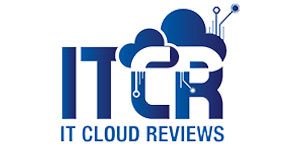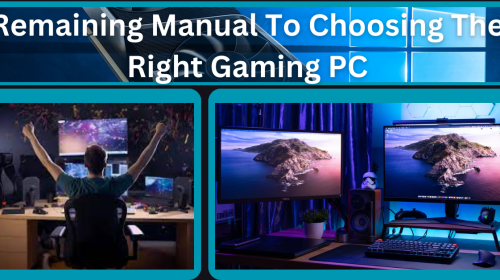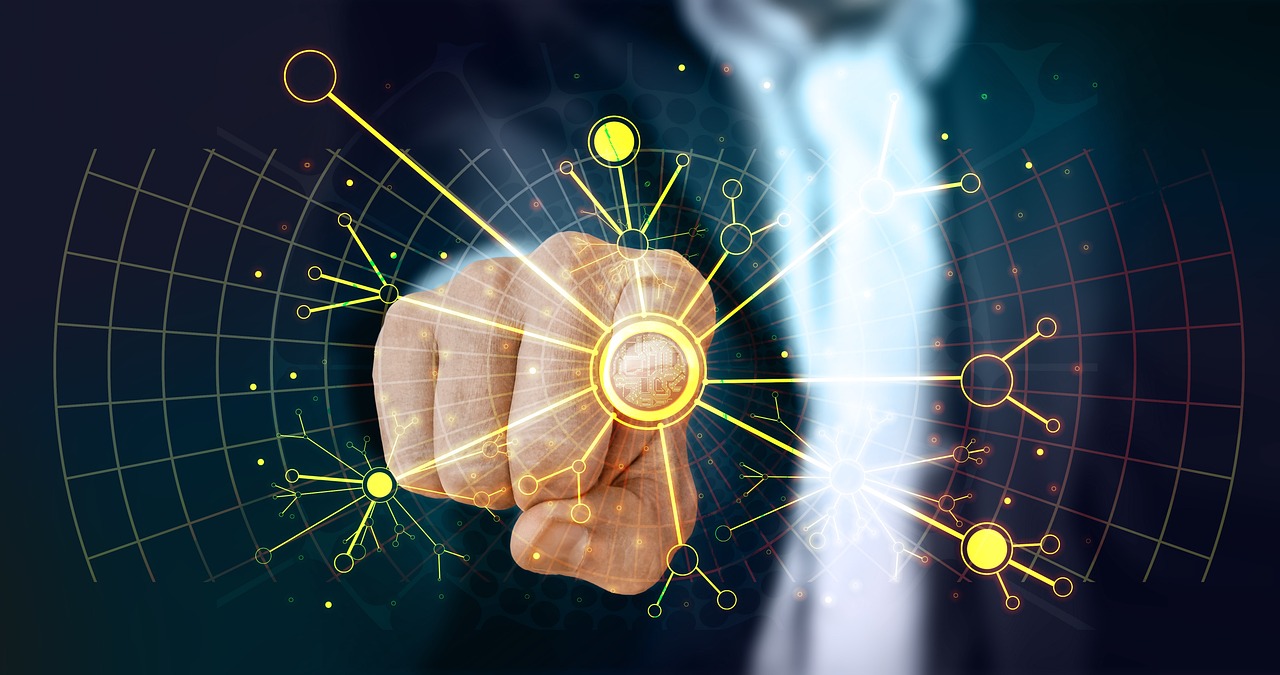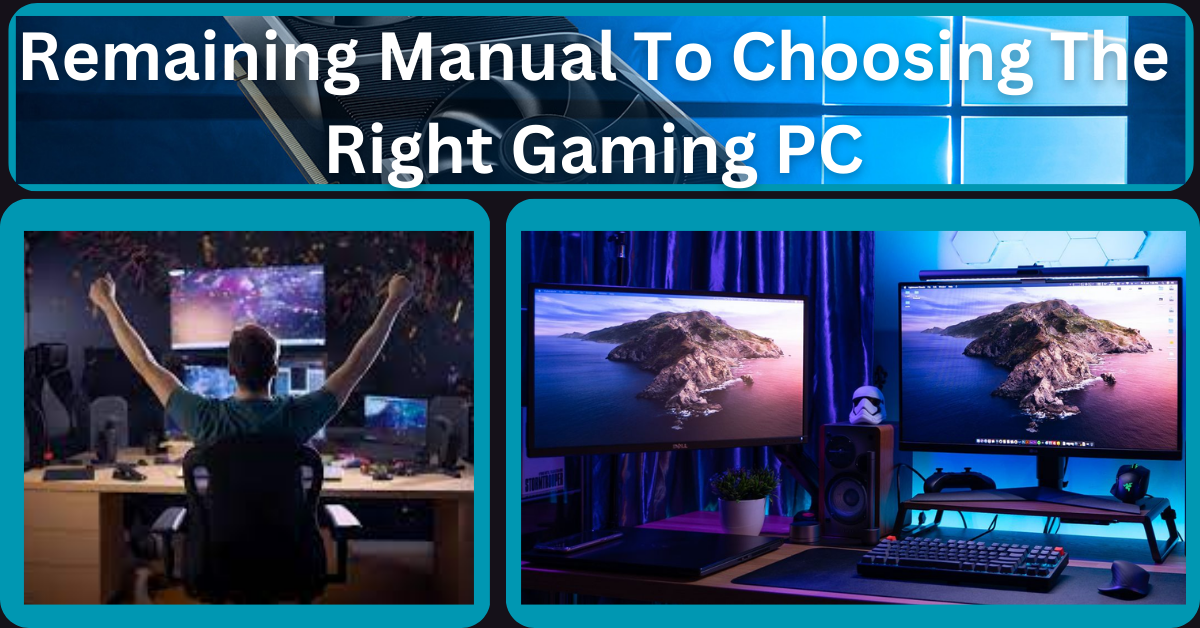Businesses face the challenge of keeping their systems up-to-date. Legacy applications, which have served organizations well over the years, often become a bottleneck due to their outdated technology and limitations. Modernizing these applications is not just a matter of convenience; it’s a strategic necessity. This guide delves into the world of legacy application modernization, exploring its importance, benefits, strategies, and future trends.
Table of Contents
What is Legacy Application Modernization?
Definition and Purpose: Legacy application modernization refers to the process of updating and transforming old software systems to meet contemporary technological standards. The goal is to improve performance, enhance functionality, and ensure that these systems can integrate seamlessly with modern technologies and processes.
Key Drivers for Modernization
Several factors drive the need for modernization, including:
- Increased operational costs associated with maintaining outdated systems.
- Compatibility issues with new technologies and platforms.
- Security risks due to outdated security measures.
- Demand for enhanced features and functionalities that legacy systems cannot provide.
Before we embark on the journey of modernization, let’s grasp the essence of legacy applications.
What Are Legacy Applications?
Legacy applications refer to software systems that have been in use for an extended period, often decades. These applications were typically developed using outdated technologies and are characterized by:
- Stagnation: Legacy applications no longer receive updates or support from their developers, leaving them vulnerable to security risks and performance issues.
- Inefficiency: They are often slow and cumbersome, hindering productivity and frustrating users.
- Compatibility Issues: Legacy applications may struggle to integrate with modern software and hardware, creating compatibility challenges.
- High Maintenance Costs: Keeping these systems operational can be expensive due to the scarcity of skilled professionals.
Common Challenges with Legacy Applications
Outdated Technology: Legacy systems often use outdated technology that may no longer be supported. This makes it difficult to find skilled professionals who can maintain or update the software.
Integration Issues: Integrating legacy applications with modern systems and technologies can be challenging. These applications may not support modern APIs or standards, leading to data silos and inefficiencies.
Security Vulnerabilities: Older systems are more prone to security vulnerabilities because they may lack the latest security patches and updates. This poses significant risks to data integrity and confidentiality.
High Maintenance Costs: Maintaining and troubleshooting legacy systems can be expensive. The costs associated with hardware, software updates, and specialized personnel can add up over time, making modernization a cost-effective solution in the long run.
Strategies for Modernizing Legacy Applications
Replatforming: Replatforming involves moving the application to a new platform without making significant changes to its core functionality. This can include migrating the application to a cloud-based environment or updating the underlying infrastructure.
Refactoring: Refactoring involves modifying the application’s code and architecture to improve its performance and maintainability. This approach focuses on enhancing the existing system without completely replacing it.
Replacing: In some cases, replacing the legacy application with a new, off-the-shelf solution or custom-built application may be the most effective approach. This is often done when the old system cannot be effectively modernized or is no longer aligned with business needs.
Also Read: How to Activate Your WeatherGroup Account Online
Retiring: Retiring involves phasing out the legacy application and discontinuing its use. This approach is typically used when the application no longer serves a purpose or when it has been replaced by a more modern solution.
The Need for Legacy Application Modernization
As businesses evolve, the limitations of legacy applications become increasingly evident. Modernization is imperative for several reasons:
Enhancing Performance: Legacy applications are notorious for their sluggish performance, which can impede daily operations. Modernization aims to revamp these systems, making them faster and more responsive.
Improving Security: Outdated software is a prime target for cyberattacks. Modernization involves implementing robust security measures to safeguard sensitive data.
Enabling Scalability: To remain competitive, organizations must scale their operations. Legacy applications often lack the flexibility required for growth. Modernization allows businesses to adapt and expand more effectively.
Enhancing User Experience: User expectations have evolved significantly. Legacy applications may no longer meet these expectations. Modernization focuses on improving the user interface and overall experience.
Steps to a Successful Modernization Project
Assessing the Current System: Begin by evaluating the existing legacy application to understand its strengths, weaknesses, and dependencies. This assessment will help identify the scope of the modernization project and guide decision-making.
Defining Goals and Objectives: Clearly define the goals and objectives of the modernization project. Determine what you aim to achieve, such as improved performance, enhanced security, or better integration capabilities.
Choosing the Right Modernization Approach: Select the modernization strategy that best aligns with your goals and the current state of the application. Consider factors such as cost, complexity, and the impact on business operations.
Implementing and Testing: Execute the modernization plan and thoroughly test the updated application to ensure it meets the defined objectives. Testing should cover functionality, performance, and compatibility with other systems.
Training and Change Management: Provide training for users and stakeholders to ensure a smooth transition to the modernized application. Implement change management practices to address any challenges and facilitate adoption.
The Legacy Application Modernization Process
Modernizing a legacy application is a multifaceted process that demands careful planning and execution. Let’s break down the steps involved:
Assessment and Planning: The first phase involves a thorough assessment of the existing legacy system. This includes identifying weaknesses, dependencies, and potential risks. Based on this assessment, a detailed modernization plan is created.
Choosing the Right Approach
Development and Testing: Once the approach is selected, development teams begin the process of modernization. This involves rewriting code, integrating new features, and implementing security measures. Rigorous testing is carried out to ensure the new system functions seamlessly. Modernization can take different forms, such as:
- Replatforming: Migrating the application to a different platform without changing its core functionality.
- Refactoring: Restructuring the codebase to enhance performance and maintainability.
- Rearchitecting: Redesigning the application’s architecture to align with modern standards.
- Rebuilding: Building a new application from scratch while preserving essential features.
The choice of approach depends on the specific needs of the organization.
Benefits of Modernizing Legacy Applications
Improved Performance and Efficiency: Modernized applications can leverage the latest technology to enhance performance and efficiency. Upgraded systems can process data faster, handle larger volumes of transactions, and provide a better user experience.
Enhanced Security: By modernizing legacy applications, businesses can implement the latest security protocols and technologies. This helps protect sensitive data and reduces the risk of security breaches.
Better Integration Capabilities: Modern applications are designed to integrate seamlessly with other systems and technologies. This improves data flow and collaboration across different platforms, enhancing overall operational efficiency.
Cost Savings in the Long Run: Although modernization involves upfront costs, it often leads to significant savings in the long term. Reduced maintenance costs, increased productivity, and improved performance contribute to a higher return on investment.
legacy application modernization process
Data Migration: Transferring data from the old system to the modernized one is a critical step. Data integrity and consistency are paramount during this process.
Training and Deployment: Employees need to be trained on the new system to ensure a smooth transition. Once training is complete, the modernized application is deployed into the production environment.
Ongoing Support and Maintenance: Even after modernization, the application requires continuous support and maintenance to address emerging issues and adapt to changing business needs.
Tools and Technologies for Modernization
Cloud Platforms: Cloud platforms offer scalability, flexibility, and cost-efficiency. Migrating legacy applications to the cloud can enhance their performance and accessibility while reducing infrastructure costs.
Microservices Architecture: Microservices architecture involves breaking down the application into smaller, independent services that can be developed, deployed, and scaled independently. This approach improves agility and facilitates integration with modern technologies.
API Integration: APIs (Application Programming Interfaces) enable seamless integration between different systems and applications. Modernizing legacy applications often involves developing or integrating APIs to enhance connectivity and data flow.
DevOps and Automation: DevOps practices and automation tools streamline the development, deployment, and maintenance of applications. These technologies improve efficiency and reduce the risk of errors during the modernization process.
Case Studies and Examples
Successful Modernization Projects: Examining successful modernization projects can provide valuable insights and best practices. For instance, companies that have migrated their legacy systems to the cloud or adopted microservices architecture often report improved performance and cost savings.
Lessons Learned from Failures: Understanding why some modernization projects fail can help avoid common pitfalls. Issues such as inadequate planning, lack of stakeholder involvement, and insufficient testing are often contributors to project failure.
Future Trends in Application Modernization
In today’s fast-paced technological landscape, businesses rely heavily on software applications to streamline their operations, enhance customer experiences, and gain a competitive edge. However, many organizations still grapple with legacy applications, which can impede innovation and scalability. Legacy application modernization has emerged as a crucial strategy to address these challenges. In this article, we will delve into the concept of legacy application modernization and explore the processes involved in revitalizing outdated software systems.
AI and Machine Learning Integration: Artificial intelligence (AI) and machine learning are becoming integral to modern applications. These technologies can enhance functionality, automate processes, and provide advanced analytics capabilities.
Edge Computing: Edge computing involves processing data closer to the source, reducing latency and improving performance. This trend is expected to impact application modernization by enabling real-time data processing and analysis.
Also Read: What is Leadership and what are Common Types of Leadership
Blockchain Technology: Blockchain technology offers enhanced security and transparency for data transactions. Integrating blockchain into modernized applications can provide additional benefits, such as improved data integrity and trust.
FAQs on legacy application modernization
What is the main goal of legacy application modernization?
The primary goal of legacy application modernization is to update and enhance outdated systems to improve performance, security, and integration with modern technologies.
Is legacy application modernization expensive? Modernization can be an investment, but the long-term benefits often outweigh the costs. It reduces maintenance expenses and enhances productivity.
How long does a typical modernization project take?
The duration of a modernization project can vary depending on the complexity of the application, the chosen strategy, and the resources available. Projects can range from a few months to over a year.
How long does the modernization process typically take? The duration varies depending on the complexity of the application and the chosen modernization approach. It can range from several months to a few years.
What are the common risks associated with modernization?
Common risks include project delays, unforeseen costs, compatibility issues, and potential disruptions to business operations. Proper planning and risk management can help mitigate these risks.
What are the common challenges in legacy application modernization? Challenges include data migration, ensuring minimal disruption to business operations, and resistance to change from employees.
How can businesses prepare for application modernization?
Businesses can prepare by assessing their current systems, defining clear goals, selecting the right modernization approach, and involving key stakeholders throughout the process.
Can legacy application modernization be applied to all types of software? Modernization is applicable to most legacy applications, but the approach may vary based on the specific software and business needs.
What role does cloud computing play in modernization?
Cloud computing provides scalability, flexibility, and cost-efficiency, making it a popular choice for modernizing legacy applications. It enables businesses to enhance performance and reduce infrastructure costs.
Is it possible to modernize legacy applications without disrupting daily operations? Yes, careful planning and execution can minimize disruptions, allowing businesses to continue their operations during the modernization process.
Conclusion
Legacy application modernization is not just a technological upgrade; it’s a strategic move that can rejuvenate businesses, drive innovation, and ensure long-term sustainability. By understanding the significance of modernization and following a well-structured process, organizations can unlock new opportunities and stay ahead in a dynamic business landscape.
Legacy application modernization is a crucial endeavor for businesses seeking to stay competitive in today’s technology-driven world. By understanding the benefits, challenges, and strategies involved, organizations can make informed decisions and successfully transform their legacy systems. Embracing modernization not only improves operational efficiency but also positions businesses for future growth and innovation.











